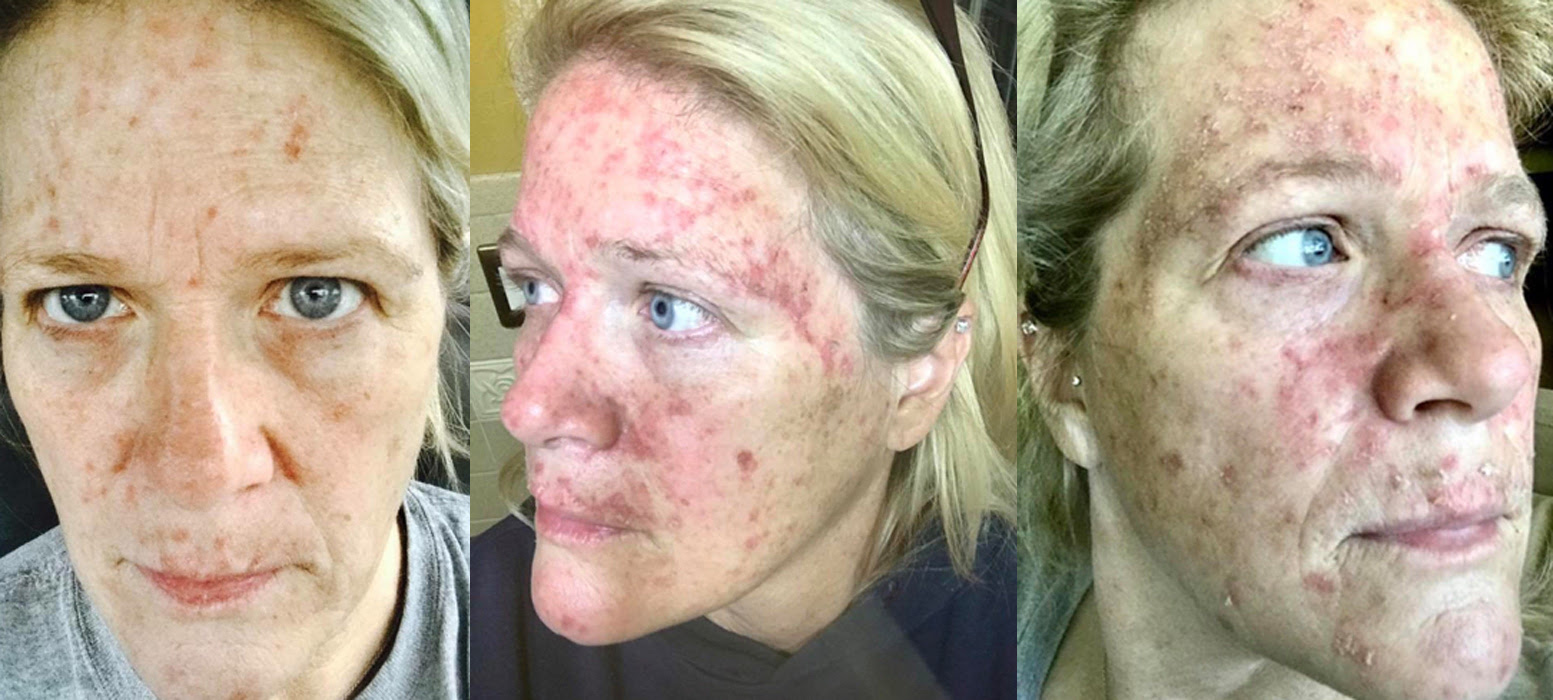| |||||||||||||||||||||||||||||
| |||||||||||||||||||||||||||||
|
Resources and information for cancer survivors in the greater New Orleans area.
Tuesday, October 31, 2017
New Edition - The Mighty Cancer Newsletter
A Visual Guide to Breast Cancer
Breast Cancer Today
Breast cancer isn’t what it was 20 years ago. Survival rates are climbing, thanks to greater awareness, more early detection, and advances in treatment. For roughly 250,000 Americans who are diagnosed with breast cancer each year, there are plenty of reasons to be hopeful.
Tip of the Day: Enjoy the Fall Weather
| |
Enjoy the fall weather!
Fall is the perfect time of year to take the family apple or pumpkin picking! Enjoy what fall has to offer by being active outdoors!
| |
Having trouble viewing this email? View it as a Web page.
|
Why Doesn;t God Always Heal?
By J. Todd Billings
f God desires our well-being, why doesn’t he always grant prayers for healing? “There’s no doubt about your diagnosis,” the doctor told me. I squirmed in my chair as I heard the numbers: according to the calculus of medical predications, my young children would most likely lose their dad in their childhood. It’s an incurable, lethal cancer. But as a Christian, I wondered - should “incurable” really be part of my vocabulary? What about God’s power and prayer? “Is anything too hard for the LORD?” (Gen. 18:14) When God told ninety-year-old Sarah that she would conceive, she laughed. At times I have been tempted to do the same. Yet the witness of scripture is resolute: if it’s a matter of God’s power, nothing is “too hard” for the Almighty.
But answering that question leaves many more unanswered. Nothing is too hard for the Lord, but the Psalmist still cries out in accusation: “In the course of my life he broke my strength; he cut short my days” (Ps. 102:23). The Lord is almighty, but that doesn’t give us the problem-solving God that we want.
f God desires our well-being, why doesn’t he always grant prayers for healing? “There’s no doubt about your diagnosis,” the doctor told me. I squirmed in my chair as I heard the numbers: according to the calculus of medical predications, my young children would most likely lose their dad in their childhood. It’s an incurable, lethal cancer. But as a Christian, I wondered - should “incurable” really be part of my vocabulary? What about God’s power and prayer? “Is anything too hard for the LORD?” (Gen. 18:14) When God told ninety-year-old Sarah that she would conceive, she laughed. At times I have been tempted to do the same. Yet the witness of scripture is resolute: if it’s a matter of God’s power, nothing is “too hard” for the Almighty.
But answering that question leaves many more unanswered. Nothing is too hard for the Lord, but the Psalmist still cries out in accusation: “In the course of my life he broke my strength; he cut short my days” (Ps. 102:23). The Lord is almighty, but that doesn’t give us the problem-solving God that we want.
|
Monday, October 30, 2017
Tip of the Day: Spice Up Your Meals (and your life)!
| |
Spice up your meals (and your life)!
Flavor foods by adding herbs and spices, rather than salt. You can buy fresh or dried herbs and spices, or grow your own at home.
| |
Having trouble viewing this email? View it as a Web page.
|
Breast Cancer in Men
|
Sunday, October 29, 2017
Take Charge of the Card Holiday Contest
We need your help designing our holiday card this year!
I’m Taking Charge is a charitable community helping women navigate their options through breast cancer and beyond. This holiday season when someone makes a donation in honor of a friend or loved one, we will send their honoree a holiday card—maybe your holiday card!
Submit your design and get everyone you love voting quickly! We’ll announce the winner on Giving Tuesday, November 28, 2017!
If You Win…
- The design with the most votes will be printed on the cover of this year’s Take Charge of the Card Holiday Card, which will be sold at our website’s shop as well as mailed out to honorees of our donors’ choosing.
- The designer’s name, as well as website and logo (if relevant), will be printed on the back of the card and highlighted in our website’s shop.
- The designer will have an interview and blog post highlighting their card design and story as a designer.
- We will highlight the designer across all our social media.
In Addition…
- We will select up to three additional "runner-up" designs that may appeal to unique interests within our readership for selling alongside our holiday card. The designers' names, logos, and websites will also be printed on the back of these and highlighted in our website’s shop.
Metastatic Breast Cancer
|
Subscribe to:
Posts (Atom)

























